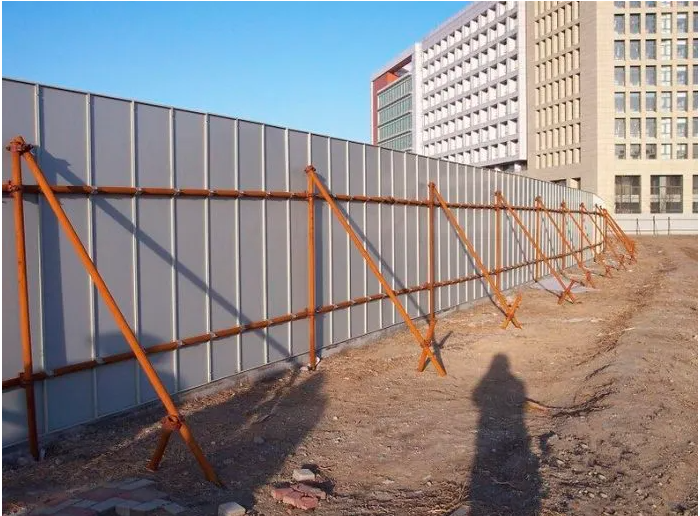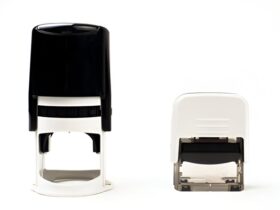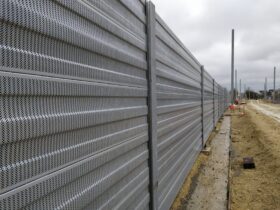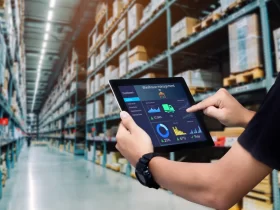Temporary fencing offers a versatile solution for a variety of needs, ranging from construction sites to events and security applications. Understanding the optimal timing for implementing temporary fencing can enhance safety, efficiency, and overall success.
Introduction: The Purpose and Benefits of Temporary Fencing
Temporary fencing is an essential tool for managing and securing areas that require a temporary barrier. Its primary purposes include ensuring safety, controlling crowds, marking boundaries, and protecting property. Here are a few key benefits:
- Enhanced Security: Deters unauthorised entry and protects valuable assets.
- Regulatory Compliance: Helps comply with local safety regulations and standards.
- Flexibility and Mobility: Easy to install, remove, and relocate as needed.
- Cost-Effective: Provides a budget-friendly alternative to permanent fencing solutions.
Understanding when to utilise temporary fencing allows for maximising these benefits across various contexts.
Best Practices for Temporary Fencing in Construction Sites
Timing and Placement
Temporary fencing is crucial during all stages of a construction project. Here’s when you should consider setting it up:
- Pre-Construction: Before any heavy machinery or materials arrive, establish temporary fencing to secure the perimeter and prevent unauthorised access.
- During Construction: Adjust fencing as the project progresses to ensure areas under active development remain restricted.
- Post-Construction: Maintain fencing until the site is entirely safe and cleared of potential hazards.
Key Considerations
- Site Assessment: Conduct a thorough site assessment to identify high-risk zones needing robust fencing.
- Regulations: Ensure your fencing complies with local safety regulations, including height and material requirements.
- Visibility: Use fences with high visibility features, such as reflective strips, to prevent accidents, especially in low-light conditions.
By adhering to these best practices, construction companies can uphold safety standards and protect both workers and the public.
Utilising Temporary Fencing for Events: Timing and Key Considerations
Optimal Timing
For event planners, the timing of setting up temporary fencing is important for smooth operations:
- Pre-Event: Install fencing well before the event starts to manage foot traffic during setup and rehearsals.
- During Event: Maintain fencing throughout the event to control crowds and ensure designated areas are secure.
- Post-Event: Keep fencing in place until all attendees have vacated and teardown is complete.
Key Considerations
- Crowd Control: Implement fencing to guide attendees and prevent overcrowding in specific areas.
- Emergency Exits: Ensure temporary fencing does not block emergency exits and clearly marks these pathways for quick access.
- Aesthetics: Opt for fencing solutions that blend well with the event’s theme and do not detract from the overall ambience.
Carefully planning and timing the deployment of temporary fencing, event planners can enhance security, improve crowd management, and provide a better experience for attendees.
Security Applications: When and How to Implement Temporary Fencing
When to Use
Security firms often rely on temporary fencing for various scenarios where enhanced security measures are temporarily required:
- High-Profile Events: Implement fencing to protect VIPs and manage crowds.
- Crime Scenes: Secure areas to preserve evidence and maintain control over the scene.
- Public Demonstrations: Use fencing to create safe zones and guide demonstrators.
How to Implement
- Risk Assessment: Conduct a comprehensive risk assessment to determine the level of security needed and the best type of fencing to deploy.
- Coordination with Authorities: Work closely with local law enforcement to ensure fencing aligns with broader security plans.
- Technology Integration: Incorporate surveillance systems and alarms with fencing solutions to enhance monitoring capabilities.
Proper implementation of temporary fencing in security scenarios can significantly reduce risks and ensure the safety of all involved parties.
Innovations in Temporary Fencing Technology
Advancements
The temporary fencing industry continuously evolves, with new technologies enhancing functionality and effectiveness:
- Modular Systems: Modern fencing solutions offer modular designs for quick assembly and disassembly.
- Smart Fencing: Integration with IoT devices allows for real-time monitoring and alerts for any breaches.
- Eco-Friendly Materials: Sustainable materials are increasingly used, providing environmentally friendly options without compromising on durability.
Benefits
- Efficiency: Innovations reduce setup and takedown times, allowing for more flexible use.
- Security: Smart fencing provides an additional layer of security through advanced monitoring capabilities.
- Sustainability: Eco-friendly options support corporate social responsibility goals and reduce environmental impact.
Embracing these innovations, organisations can enhance the effectiveness and sustainability of their temporary fencing solutions.
Conclusion
Timing is everything when it comes to utilising temporary fencing. Whether safeguarding a construction site, managing an event, or securing a high-risk area, the strategic deployment of temporary fencing can make all the difference. Understanding the specific needs of each scenario and leveraging modern advancements, businesses can ensure maximum safety, efficiency, and success.
Remember, the right fencing solution at the right time can turn potential challenges into seamless operations.










